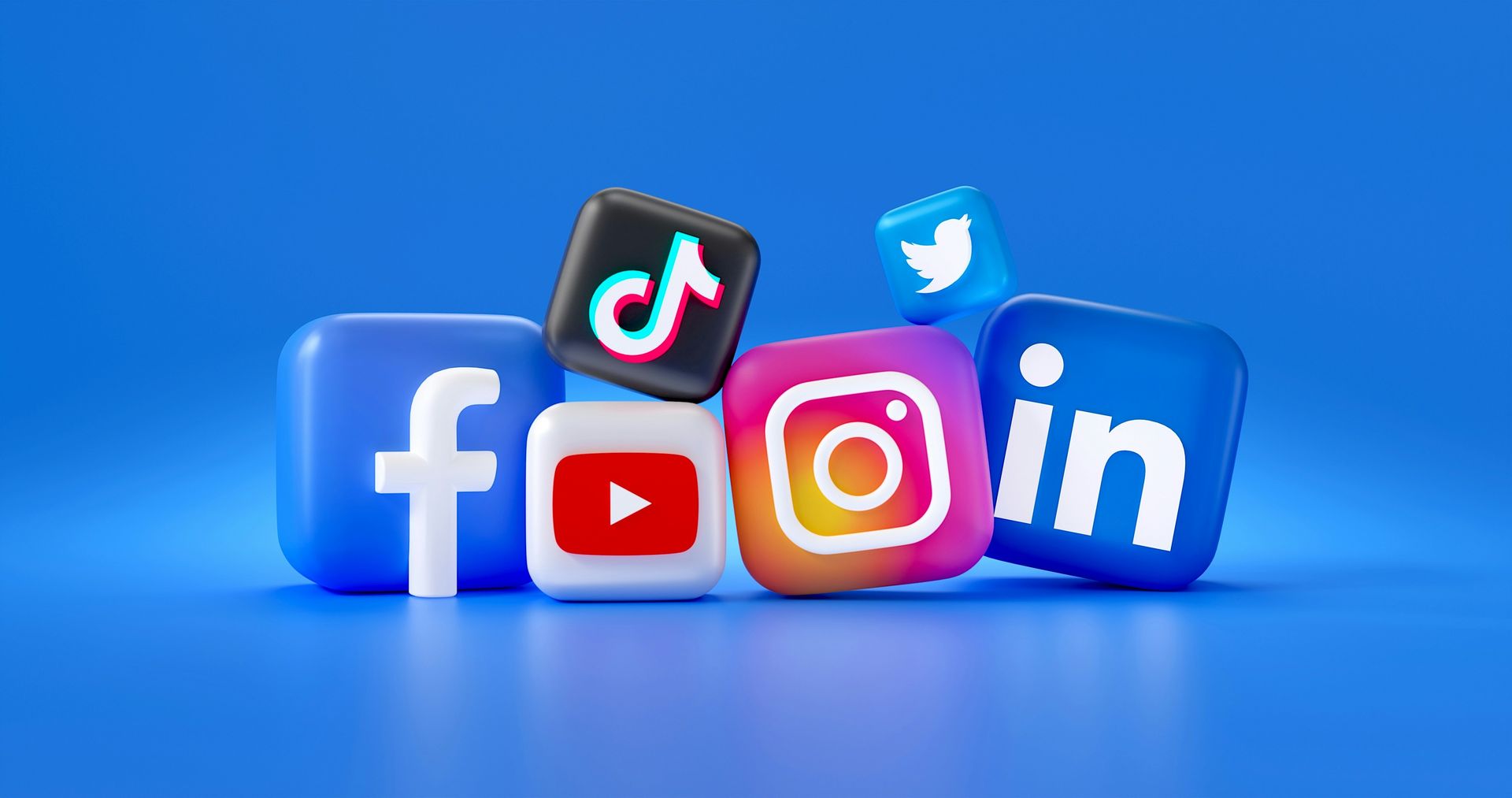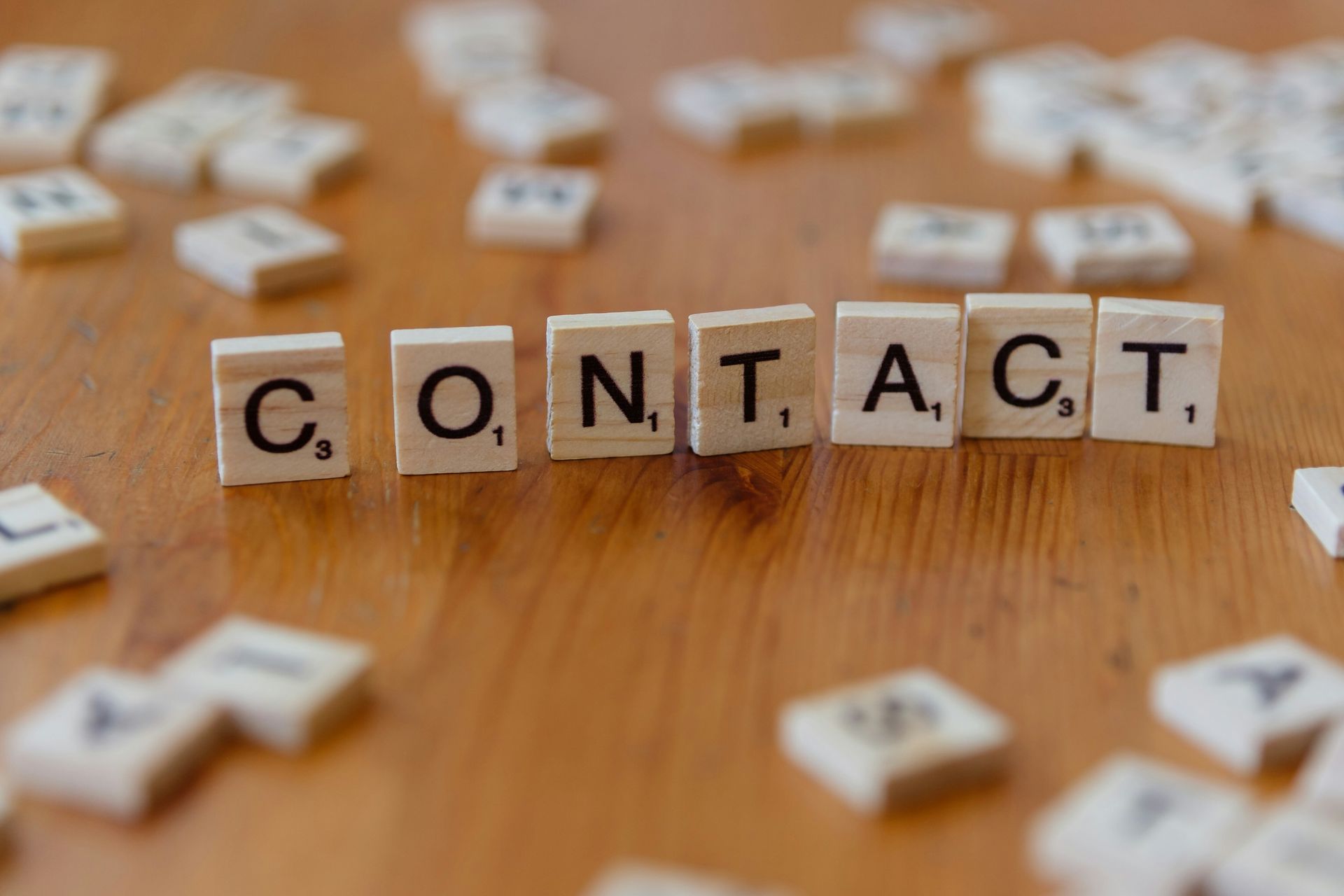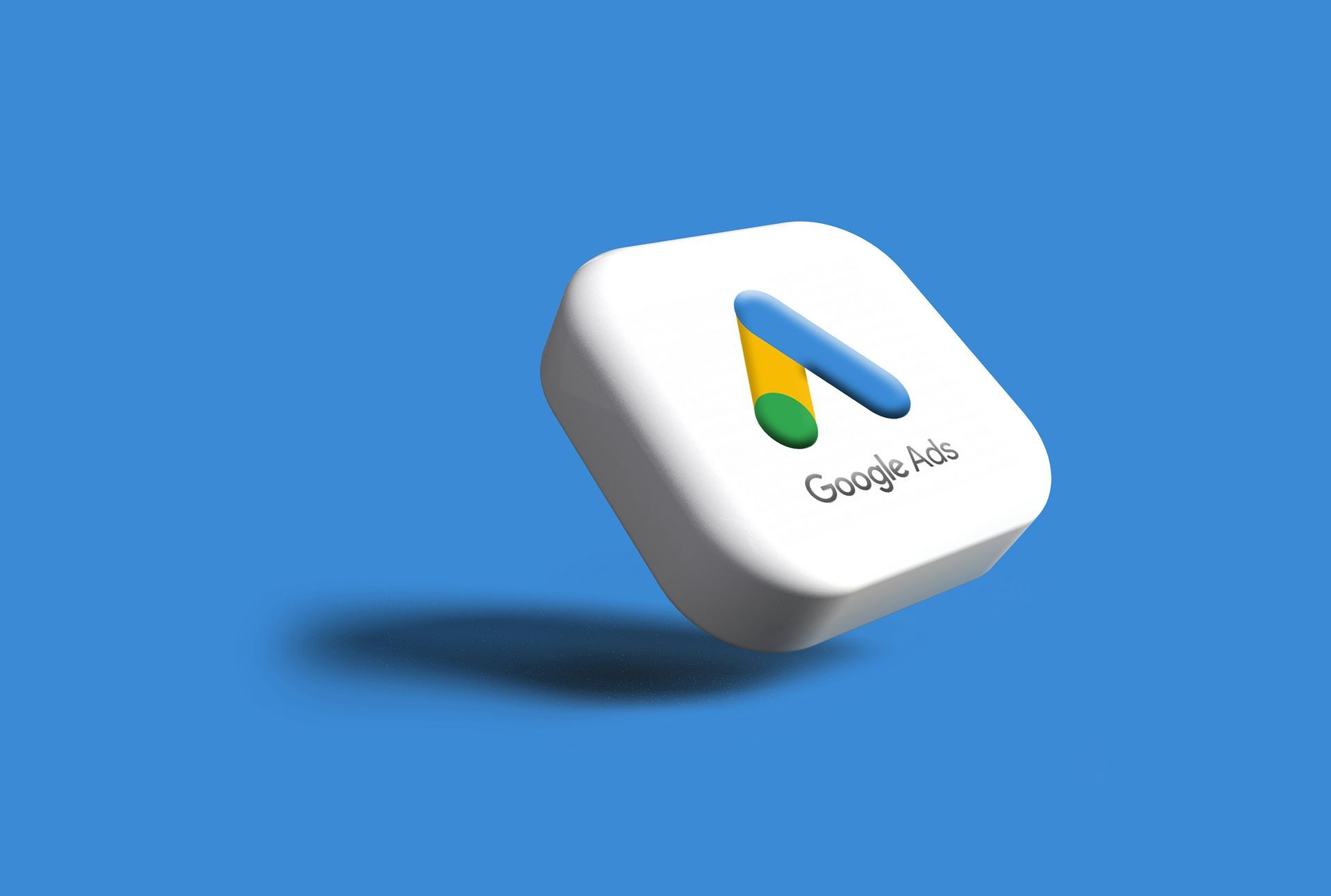What is UGC (User-Generated Content)? Strategies for Building Trust

In the fast-paced world of digital marketing, User-Generated Content (UGC) has become a cornerstone of successful brand strategies. By leveraging content created by customers, fans, or followers, businesses can build trust, foster community, and enhance their brand's credibility. But what exactly is UGC, and how can you use it effectively to grow your brand? Let’s explore this dynamic marketing strategy.
What is User-Generated Content (UGC)?
User-Generated Content refers to any type of content—text, videos, images, reviews, or social media posts—created by users rather than the brand itself. This content is often shared organically by customers who are excited about a product or service, making it a powerful and authentic marketing tool.
Examples of UGC include:
- Customer reviews or testimonials
- Social media posts featuring your products
- Video unboxings or tutorials
- Blog posts written by customers
- Photos tagged with your brand’s hashtag
Platforms like Instagram, TikTok, YouTube, and Pinterest have become hotspots for UGC, allowing users to share their experiences with products and services, often inspiring others to follow suit.
Why is UGC Important for Brands?
1. Authenticity Builds Trust
Consumers are more likely to trust recommendations from real people over polished brand ads. UGC offers an unfiltered perspective, creating a sense of authenticity that traditional advertising often lacks.
2. Cost-Effective Marketing
Unlike professionally-produced campaigns, UGC is created by customers themselves, saving brands both time and resources.
3. Increased Engagement
UGC encourages interaction between brands and their audiences, leading to higher engagement rates.
4. Improved SEO
Reviews, testimonials, and blog posts contribute fresh, keyword-rich content that can boost your website’s SEO ranking.
5. Social Proof
Seeing others use and recommend a product provides powerful social proof, influencing potential customers to make a purchase.
Strategies for Leveraging UGC
1. Create a Branded Hashtag
Encourage users to share their experiences using a dedicated hashtag. For example, Coca-Cola’s #ShareACoke campaign invited customers to share photos of personalized bottles, generating millions of UGC posts.
2. Host Contests or Challenges
Run a contest asking users to share their best photos, videos, or stories featuring your products. Reward winners with discounts, freebies, or other incentives.
3. Feature UGC on Your Channels
Showcase user-generated content on your website, social media, or email campaigns. Highlighting your customers makes them feel valued and encourages others to contribute.
4. Incorporate Reviews and Testimonials
Display customer reviews prominently on your website and product pages. Positive feedback helps potential buyers feel more confident in their purchase decisions.
5. Collaborate with Influencers
Partner with micro-influencers who align with your brand values. Their authentic content can inspire their followers to create and share their own UGC.
How UGC Enhances Trust
User-generated content resonates with audiences because it feels real. When potential customers see others enjoying and endorsing a product, they are more likely to trust the brand and make a purchase.
For instance:
- Unboxing Videos: Watching real customers unbox a product builds excitement and provides reassurance about the quality.
- Before-and-After Photos: Seeing the transformation a product delivers is more impactful than any ad copy.
- Authentic Reviews: Genuine customer reviews provide the transparency and credibility that shoppers seek.
Why UGC is the Future of Marketing
The rise of social media and the increasing demand for authentic content make UGC more important than ever. It taps into the consumer’s voice, creating a two-way conversation between brands and their audiences.
At Marcom.eu, we understand the power of UGC and can help you integrate it into your broader marketing strategy.
How Marcom.eu Can Help
At Marcom.eu, we specialize in creating comprehensive marketing strategies that include UGC campaigns tailored to your brand.
Our Services Include:
- Social Media Management: Build and maintain a strong online presence to encourage UGC.
- Influencer Marketing: Collaborate with influencers to amplify your reach.
- SEO Optimization: Ensure UGC content boosts your search rankings.
- UGC Campaigns: Plan and execute campaigns that inspire your audience to share their stories.
Request a Free Quote or Schedule a Demo
Curious about how UGC can boost your brand’s visibility and trust? Contact Marcom.eu for a free quote or to schedule a personalized demo. Let us help you turn your customers into your most powerful marketing advocates.
Examples of UGC in Action
1. GoPro
GoPro’s social media is filled with breathtaking videos captured by its users. By reposting these videos, the brand showcases its product’s capabilities while celebrating its community.
2. Starbucks
Starbucks encourages customers to share photos of their drinks, especially during seasonal campaigns like the launch of their Pumpkin Spice Latte.
3. Lush Cosmetics
Lush’s customers frequently post about their bath bombs and skincare products. The brand reposts this content to highlight real customer experiences.
Learn More About UGC
Want to dive deeper into leveraging user-generated content for your brand? Explore our related blogs:
- How to Use Social Search: Everything You Need to Know
- What is Social Search? The Future of Online Searching
Conclusion
User-Generated Content is more than a trend—it’s a transformative force in modern marketing. By embracing UGC, brands can build trust, engage their audiences, and enhance their credibility.
At Marcom.eu, we’re here to help you unlock the potential of UGC. From planning campaigns to showcasing the best content, we’ve got you covered. Contact us today for a free quote or to schedule a demo, and let’s start building trust through authentic storytelling!
ALL OUR OTHER NEWS:







